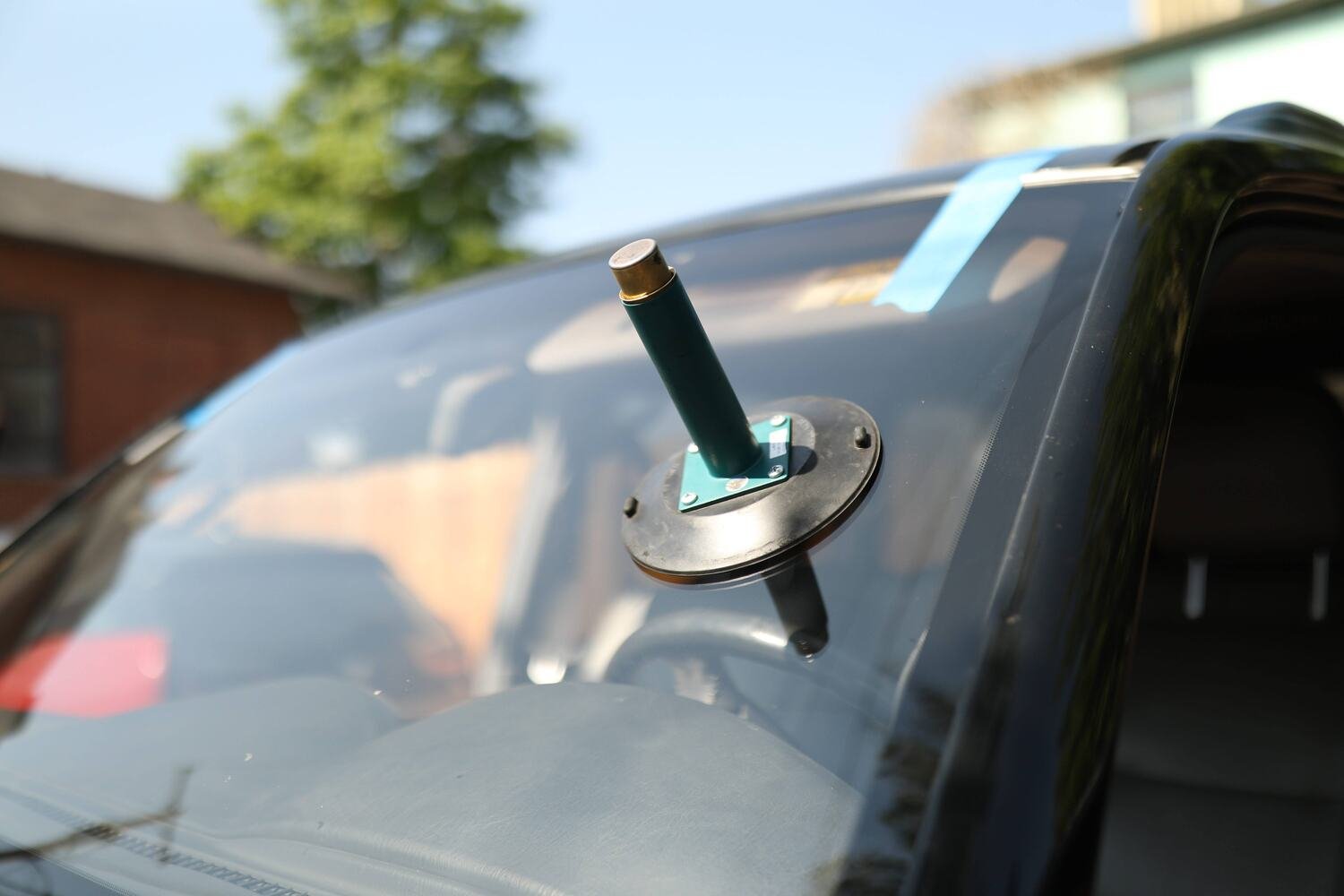Safety Features in Modern Windshields You Didn't Know About
Modern windshields have evolved significantly, integrating advanced safety features that enhance your driving experience and safety.
When you think about your car's safety features, seat belts, airbags, and anti-lock brakes likely come to mind first. However, one crucial component that often goes unnoticed is your car's windshield. Modern windshields have evolved significantly, integrating advanced safety features that enhance your driving experience and safety. This blog post will explore innovative features like UV protection, rain sensors, and acoustic interlayers. By understanding these advancements, you can make informed decisions about your vehicle's maintenance and safety.
The Importance of Windshield Safety
Your windshield is more than just a piece of glass. It plays a critical role in maintaining the structural integrity of your vehicle. In a collision, a properly installed windshield can prevent the roof from caving in, provide a barrier against ejection, and ensure that airbags deploy correctly. Given its significance, the advancements in windshield technology are designed to address safety and comfort, making your drive safer and more enjoyable.
UV Protection: Shielding You from Harmful Rays
One of the lesser-known features of modern windshields is UV protection. Ultraviolet (UV) rays from the sun can cause significant damage to your skin and eyes, even when you're inside your car. Prolonged exposure to UV radiation increases the risk of skin cancer, premature aging, and cataracts.
How UV Protection Works
Modern windshields are coated with a layer that blocks up to 99% of harmful UV rays. This coating, usually made of polyvinyl butyral (PVB), is laminated between two layers of glass. This prevents UV radiation from penetrating the glass and enhances the windshield's overall strength and shatter resistance.
Benefits of UV Protection
Skin Safety: Protects you and your passengers from the harmful effects of UV radiation.
Interior Preservation: Prevents the fading and cracking of your car's interior materials, such as the dashboard and upholstery.
Reduced Glare: Minimizes the amount of sunlight entering the vehicle, reducing glare and improving driving visibility.
Rain Sensors: Enhancing Visibility in Adverse Conditions
Driving in the rain can be challenging, especially when visibility is compromised. This is where rain sensors come into play. These sensors automatically detect moisture on the windshield and activate the wipers, ensuring that your view remains clear without you having to take your hands off the wheel.
How Rain Sensors Work
Rain sensors are typically mounted on the windshield, near the rearview mirror. They use infrared light to detect moisture. When rain or snow hits the windshield, it disrupts the infrared light pattern, triggering the wipers to activate. The wipers adjust their speed based on the amount of precipitation, providing optimal visibility in varying weather conditions.
Benefits of Rain Sensors
Improved Safety: You can focus on the road, reducing the risk of accidents.
Convenience: Eliminates the need to adjust wiper settings, especially during sudden weather changes manually.
Enhanced Performance: Ensures the wipers work efficiently and effectively, prolonging their lifespan.
Acoustic Interlayers: Reducing Noise for a Quieter Ride
Another remarkable feature of modern windshields is the acoustic interlayer. Driving can be a noisy experience, with sounds from traffic, wind, and other environmental factors. Acoustic windshields are designed to reduce this noise, providing a quieter and more comfortable ride.
How Acoustic Interlayers Work
Acoustic windshields contain an extra layer of sound-dampening material, typically a specialized PVB interlayer sandwiched between the glass layers. This interlayer absorbs sound vibrations, significantly reducing the noise entering the cabin.
Benefits of Acoustic Interlayers
Noise Reduction: This creates a quieter cabin environment, allowing for more comfortable conversations and reduced driver fatigue.
Enhanced Audio Experience: This feature improves the quality of sound from your car's audio system by minimizing external noise interference.
Increased Privacy: Provides a more serene driving environment, enhancing overall driving satisfaction.
Addressing Common Pain Points
Understanding the advanced features of modern windshields can help address drivers' common pain points.
Safety Concerns: Many drivers worry about the safety of their vehicles in various conditions. Knowing that your windshield is equipped with UV protection, rain sensors, and acoustic interlayers can provide peace of mind.
Comfort: Long drives can be tiring, especially when dealing with noise and glare. Acoustic interlayers and UV protection enhance comfort, making every journey more enjoyable.
Convenience: Rain sensors eliminate the need to manually adjust wipers, adding to the convenience of modern driving.
Why Choose Advanced Windshield Features?
Investing in a vehicle with these advanced windshield features or upgrading your current windshield can significantly enhance your driving experience. Here are a few reasons why you should consider these options:
Increased Safety: Features like UV protection and rain sensors contribute to safer driving conditions.
Improved Comfort: Acoustic interlayers and UV coatings create a more comfortable environment inside your vehicle.
Long-Term Benefits: These features protect you and your passengers and help maintain the value and condition of your vehicle over time.
Quality Auto Glass Colorado offers individuals and businesses with comprehensive auto glass services, including windshield replacement, windshield repair, side and rear window replacement, fleet and commercial vehicle services, and sunroof repair and replacement in the Denver Metro Area, including Lakewood, Aurora, Littleton, Highlands Ranch, and Parker.

